Every monster in Yu-Gi-Oh! has two major ways to be classified. One way is through an elemental attribute and the other is through their type.
The type of a monster often signifies what kind of strategies you can expect from certain cards. In addition, most types usually have different archetypes that lead to powerful combos and can define many playstyles.
Here’s a list of every monster type in Yu-Gi-Oh!
- Aqua
- Beast
- Beast-Warrior
- Cyberse
- Dinosaur
- Divine-Beast
- Dragon
- Fairy
- Fiend
- Fish
- Insect
- Machine
- Plant
- Psychic
- Pyro
- Reptile
- Rock
- Sea Serpent
- Spellcaster
- Thunder
- Warrior
- Winged Beast
- Wyrm
- Zombie
What to expect from each type
Aqua
While this type primarily features Water monsters, there’s at least one Aqua unit that has other attributes. Due to its overlap with Water, most strategies involve obtaining card advantage through drawing and can also benefit from A Legendary Ocean.
- Noteworthy archetype: Frog
- Popular monster: Treeborn Frog, Number 100: Silent Honor Dark
Beast
Even though Beast monsters vary in attribute, their type usually has a focus on Earth. Most strategies that have Beast-based synergies usually focus on either stat boosts or ease of special summons.
- Noteworthy archetypes: Crystal Beasts, Ojamas, X-Sabers
Beast-Warrior
One important clarification to make with this type is that despite the name, Beast-Warriors are unable to benefit from abilities that affect either Beasts or Warriors. Outside of this, Beast-Warriors cards were usually used based on being individually strong monsters and didn’t have many coherent strategies in the game’s early history. If you see Beast-Warrior cards, expect plans that revolve around tempo and aggression.
- Noteworthy archetypes: Phantom Beasts, Fire Fist, and Lunalight
- Popular monster: Beast King Barbaros, XX-Saber Gottoms
Cyberse
Cyberse is the newest type to be introduced to the game during the VRAINs/Link era of Yu-Gi-Oh! The main focus of this type is to swarm the board so the Link-summoning mechanic can be abused. While the main focus for Cyberse initially revolved around Link monsters, there’s also a focus on other Extra Deck summons like Fusion, Synchro, and Xyz.
- Noteworthy archetypes: @Ignister, Code Talkers, Salamangreat, and Topologic
Dinosaur
Similar to Beasts, most Dinosaurs are Earth monsters with strategies usually relying on aggro and facilitating special summons. In the earlier eras of Yu-Gi-Oh!, Dinosaurs often paired up with Reptiles. But nowadays, there are more cards that are bound within their own type.
- Noteworthy archetypes: Dinowrestler, Evol, and Jurrac
Dragon
As one of the most represented types in the game, Dragons are blessed with a vast amount of strategies. Most of the popularity for the Dragon type is due to the fact that the rival characters within the anime have Dragons as their ace monsters.
In addition, most of the defining creatures within archetypes that feature only one type sometimes have a Dragon as their boss monster, which adds to the representation for the type.
- Noteworthy archetypes: Blue-Eyes, Red-Eyes, Galaxy-Eyes, Armed Dragon, Dragon Ruler
Fairy
Most Fairies within the game are usually found in the Light attribute. Their strategies often lean toward slower controlling tools and can perform powerful combos that try to summon strong boss monsters.
- Noteworthy archetypes: Counter Fairies, Agents, Valkyrie, and Timelords
Fiend
Fiend is another popular type that’s been supported regularly throughout the game’s history. Their strategies usually focus on discarding or destruction abilities. Most Fiend monsters are often tied to the Dark attribute.
- Noteworthy archetypes: Dark World, Infernity, lswarm, Fabled
Fish
Opposite to Dragons and Fiends, Fish were one of the least popular types in the earlier stages of the game’s history. Most of the earlier combos revolved around Superancient Deepsea King Coelacanth and eventually Fishborg Blaster until it got banned.
- Noteworthy archetypes: Mermails and Shark
Insect
Insect effects trend toward swarming the board and aggression due to the wealth of weaker and lower-leveled monsters. Once Yu-Gi-Oh! made it to later eras that focus on Extra Deck mechanics, Insects found a new focus on performing powerful Synchro and Xyz summons.
- Noteworthy archetypes: Inzektors, Naturias, Worms
Machine
While Machines haven’t been as popular throughout the game’s history as other types, the type still has varying abilities. Despite the variety, Machine effects usually involve controlling, negation, and prevention, like Ancient Gear and Jinzo.
- Noteworthy archetypes: Meklord, Karakuri, Roids, Mecha Phantom Beast
- Popular monsters: Cyber Dragon, Crystron Halqfibrax
Plant
When the 5Ds/Synchro era rolled around, Plants were one of the best types to support it due to their ability to swarm the field and be used as fodder for Extra Deck summons. Aside from mass summons, Plants also had potent negation tools under their belts that opponents needed to look out for.
- Popular monsters: Lonefire Blossom, Gigaplant, Tytannial, Mystic Tomato, and Dandylion
Psychic
Psychic was the first new type introduced in the Synchro/5Ds era. The initial iteration focused on Synchro summons and had those types of monsters as their ace cards. Most Psychic effects turn toward swarming the board and protecting Psychic monsters. One key card that was an example of this was Emergency Teleport, a defining card of the Tele-DAD deck.
- Noteworthy archetypes: Ritual Beast, Kozmos, Mekk-Knights, Metalfoes
Pyro
As an inverse of Aqua, the supermajority of Pyro-type monsters are found within the Fire attribute. In the earlier stages of Yu-Gi-Oh!, Pyro was often tied to direct burn effects and aggression. As the game progressed, though, a lot of the powerful Pyro strategies shifted toward swarming for potential Extra Deck summons and combos.
- Noteworthy archetypes: Flamevell, Hazy Flame, Laval, Volcanic
Reptile
Throughout the lifecycle of Yu-Gi-Oh!, Reptiles were one of the least popular types since they didn’t have many coherent strategies or archetypes to fall back on. Once the unpopular type found more support, though, most Reptile cards focused on attrition-based strategies, which usually worked toward limiting an opponent’s options.
- Noteworthy archetypes: Worms A-Z, Aliens, Venom
Rock
As another unpopular type, Rock monsters didn’t have much diversity in strategies or attributes. Most abilities from the Rock type usually focused on defense and Flip Summons, as well as slowing down opposing strategies. Once Rocks carved out their own archetypes, they either relied on Fusion Summons or trying to bring out their own ace monsters.
- Noteworthy archetypes: Gem/Gem-Knight, Fossil, Block, Kao’ki Meiru
Sea Serpent
Sea Serpents draw a lot of similarities to other types. Much like Aqua, Sea Serpents are primarily featured within the Water attribute. In addition, Sea Serpents have notable comparisons to Plants since most of their attention was drawn by individual monsters as opposed to archetypes in the earlier era of Yu-Gi-Oh!
- Noteworthy archetypes: Atlantean
- Popular monsters: Brionic, Number: 32 Shark Drake Weiss, Lavalval Chain
Spellcaster
As another type that’s received regular support since the start of the game, Spellcasters have too many strategies to list but most focus on either controlling tools to limiting opposing options. The more popular attributes that Spellcasters usually find themselves in are Light and Dark, which allows for Chaos synergies.
- Noteworthy archetypes: Dark Magician, Altergeist, Gravekeeper’s, Endymion/Spell Counters
Thunder
In the earlier eras of the game, Thunder monsters were a much more rare type. Whenever Thunder was ramping up in support, they usually focused on controlling tools like Thunder King Rai-Oh and Lightning Chidori.
- Noteworthy archetypes: Thunder Dragon, Batteryman, and Watts
Warrior
As the last well-supported type on this list, Warriors have been found throughout every era of Yu-Gi-Oh! Due to this, there’s too many combos and strategies to note. But most usually involve summoning, tutoring, and protecting Warriors with their own abilities.
- Noteworthy archetypes: HEROs, Black Luster Soldiers, Gaia Knights
Winged Beast
Most of the popular Winged Beasts are bound to either the Dark or Wind attribute. In similar fashion to Beast-Warriors, Winged Beasts don’t benefit from abilities that affect Beasts. Most of their abilities usually involve swarming the board and hamstringing an opponent’s plans with board control options.
- Noteworthy archetypes: Harpies, Black Feather, Raidraptors
Wyrm
As another type that wasn’t in the base game, Wyrms were released during the Pendulum/ARC-V era. Most Wyrm effects usually revolve around banishing cards or they activate their own abilities once they’re banished themselves.
- Noteworthy archetypes: True Draco and True King, Metaphys
Zombie
Most Zombies are primarily Dark and historically followed a similar plan throughout the game’s history. Most strategies involve swarming the field and using them for mass summons, usually involving the graveyard somehow.
- Notable archetypes: Vendread, Vampire, Wight/Skull Servant, Shiranui
- Popular monsters: Plaguespreader Zombie
Divine-Beast
As a limited type, every Divine-Beast in the official game is tied to the Egyptian God cards from the original anime. Since the type is so rare and limited, there are only five in the entire game with one Obelisk, one Slifer, and three Winged Dragon of Ra variants. On top of this, there are only a few more monsters, spells, and traps that support them that aren’t Divine Beasts themselves.
If all three of the original Egyptian Gods are on the board, they can combine into the singular Creator God type, Horakthy, which is OCG only right now.


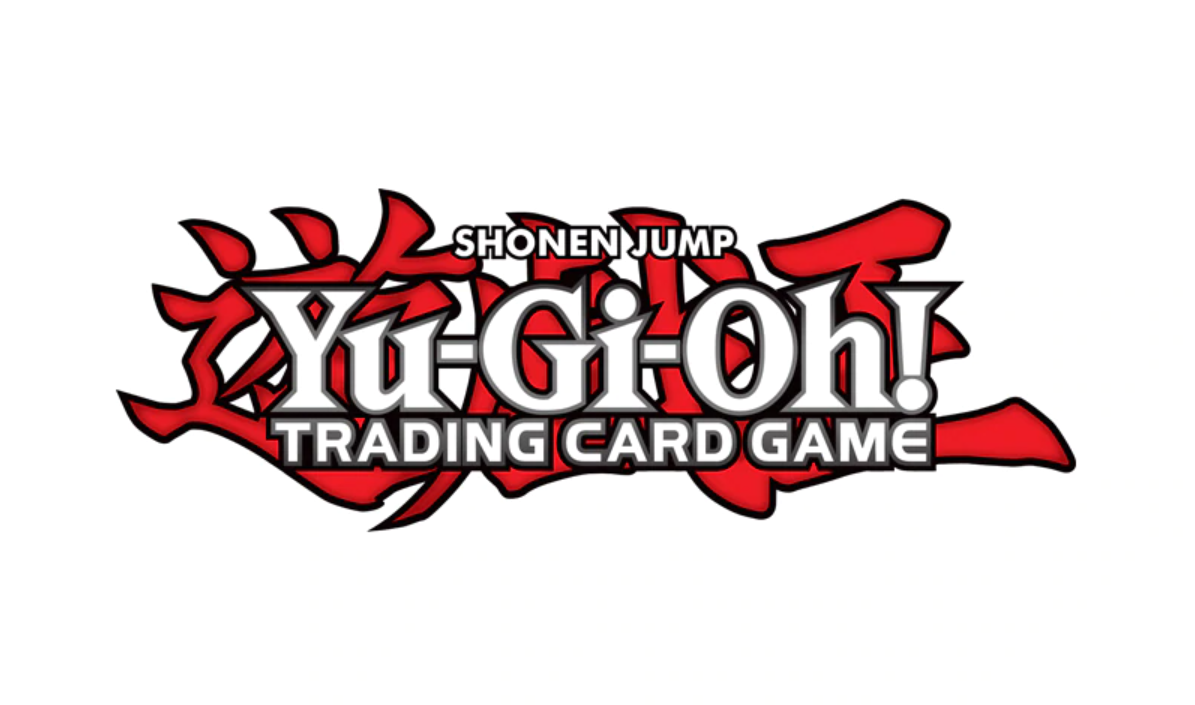
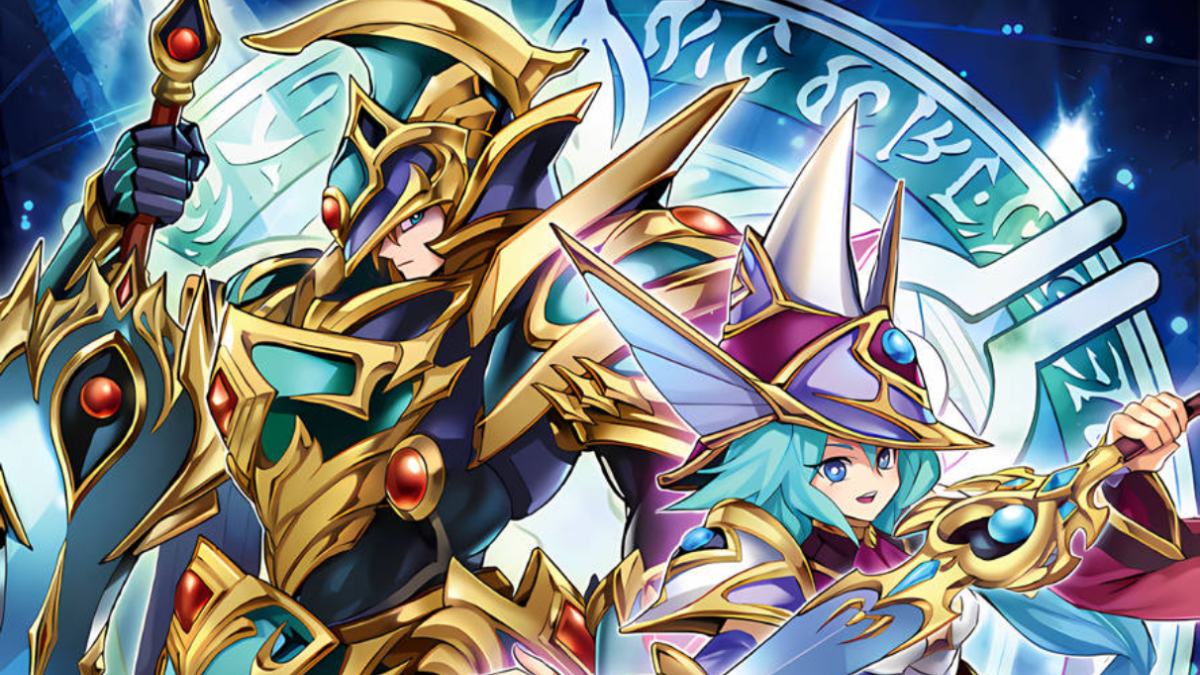
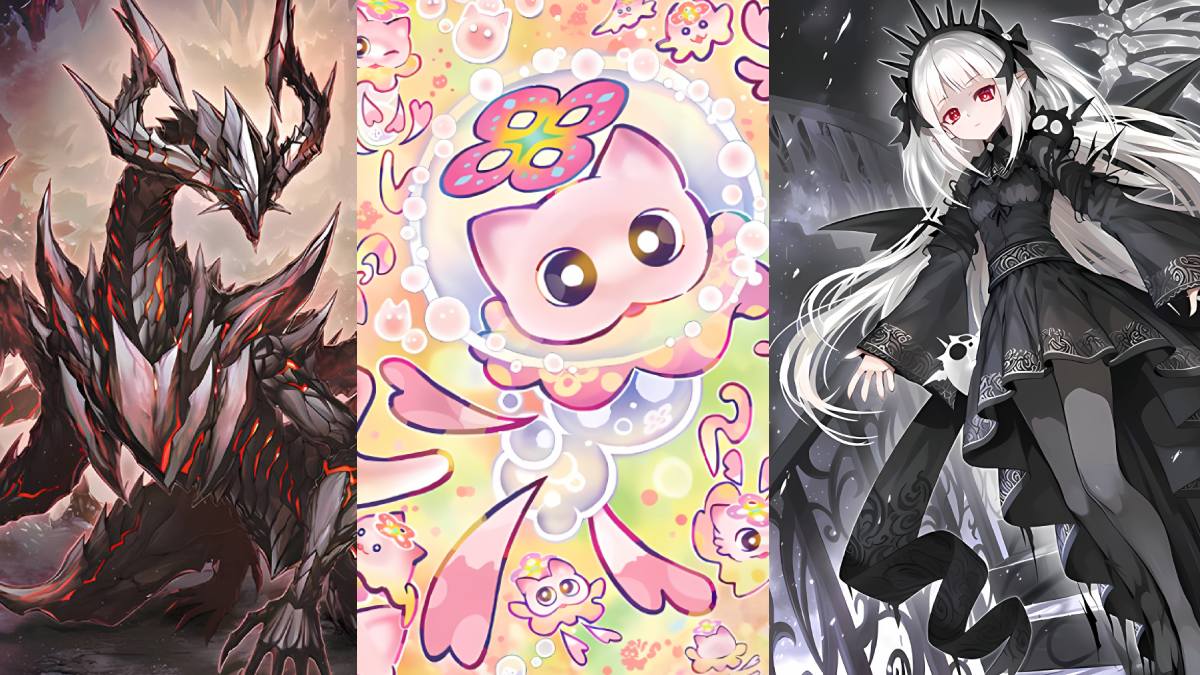
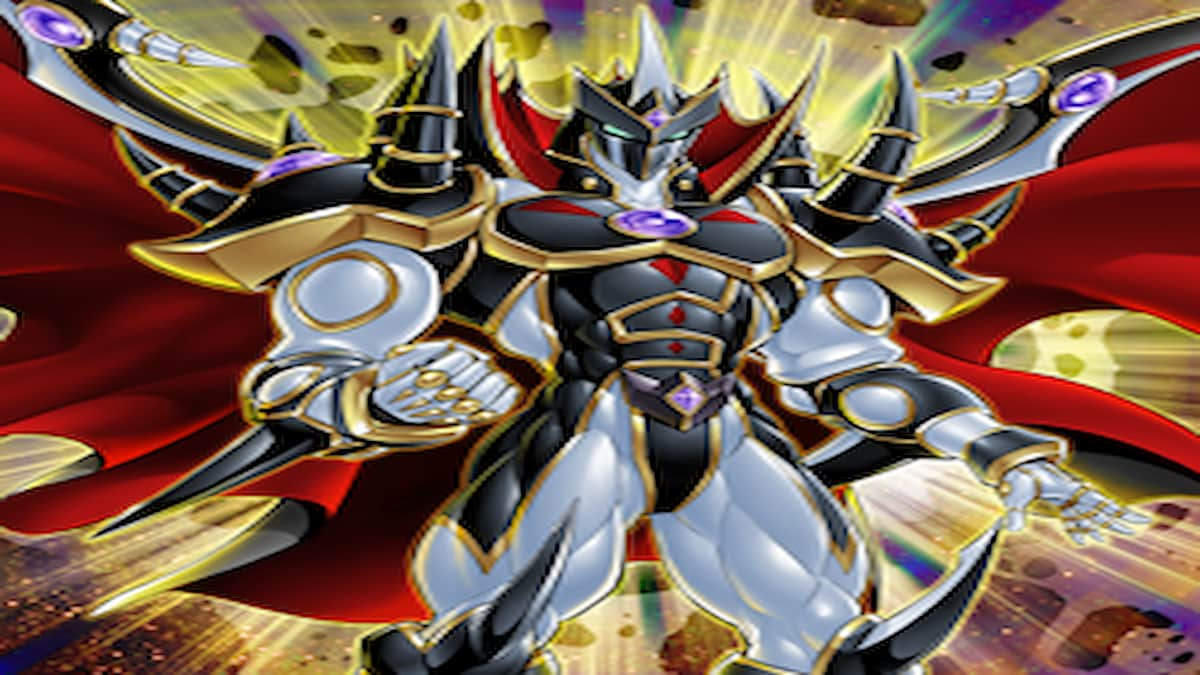
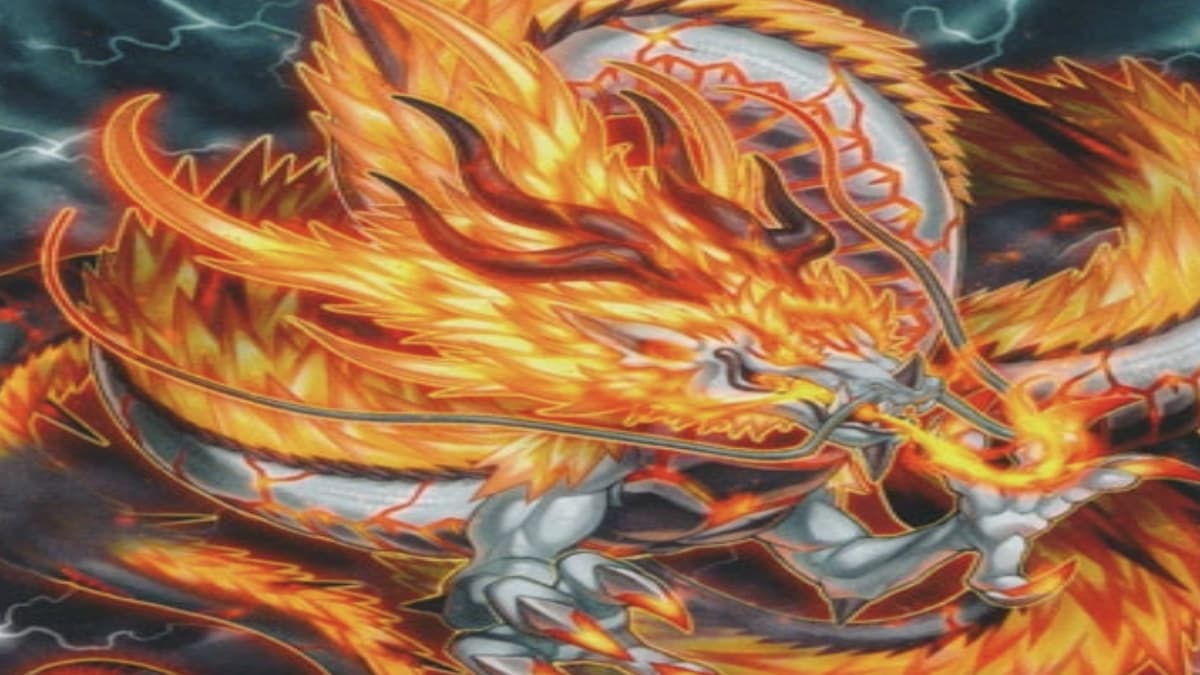
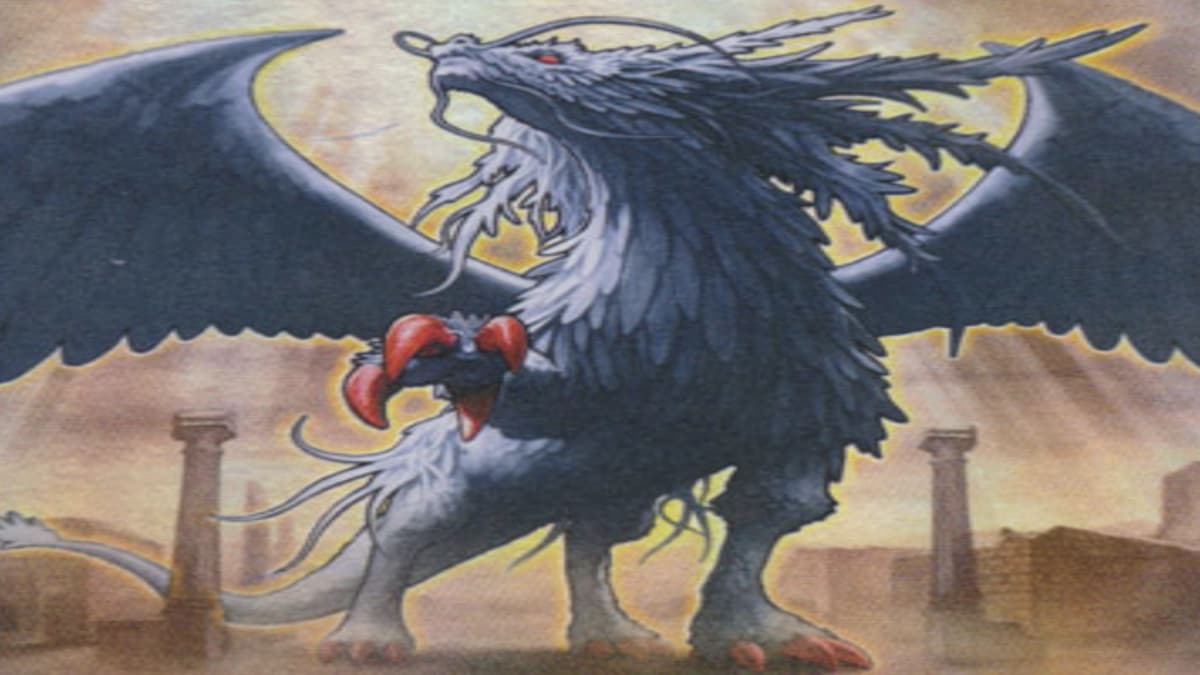
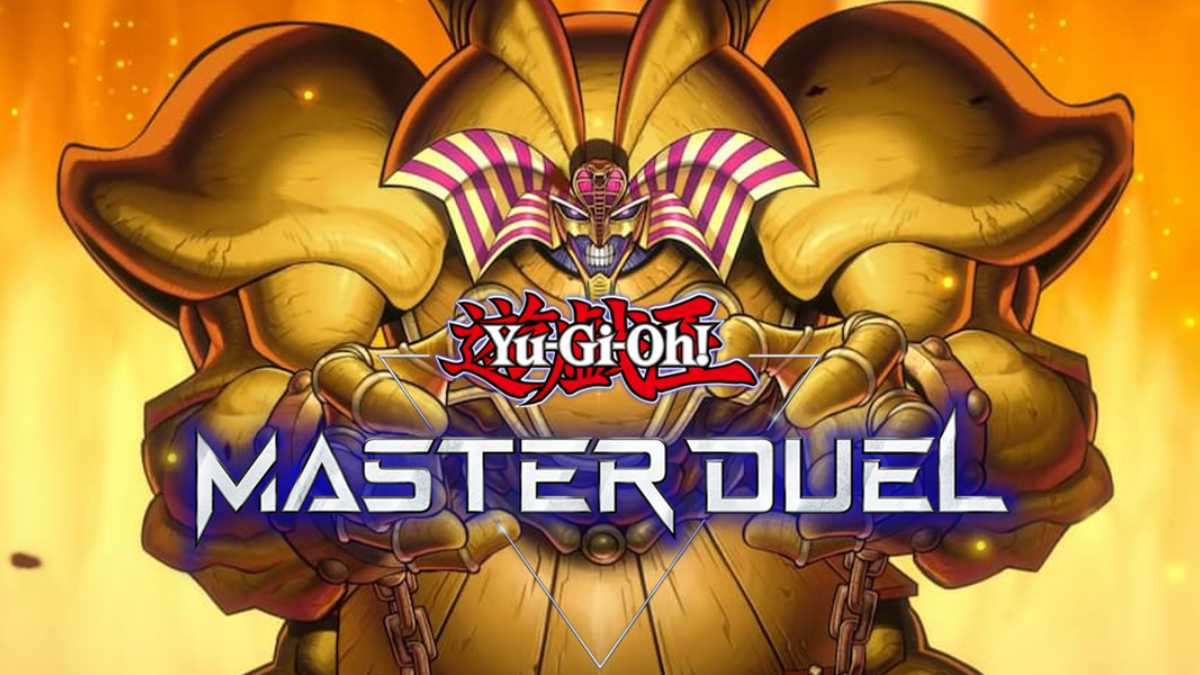


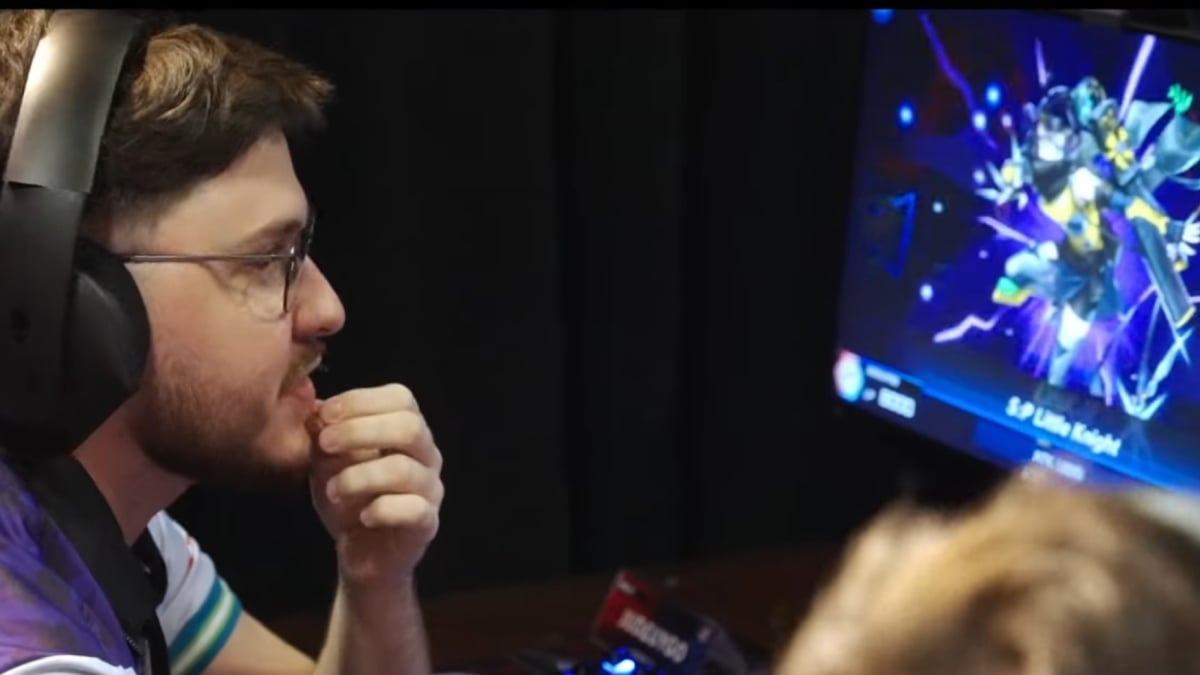

Published: Apr 8, 2021 12:34 pm